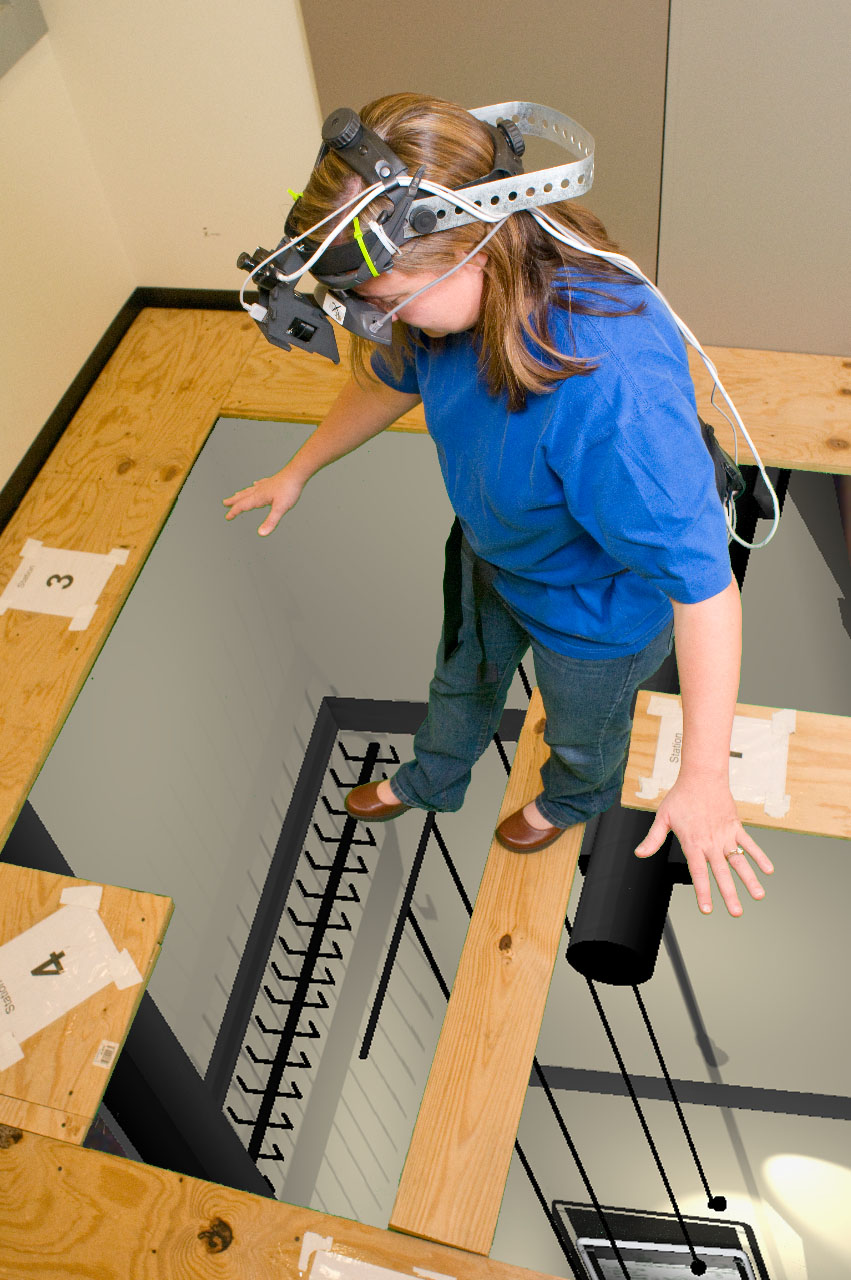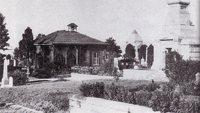For more than a decade, “presence” has been a key concept for understanding and evaluating the effectiveness of virtual environments. VR researchers have used the term to describe the mental state of the user in response to being immersed in a virtual world, and typically equate presence with a sense of “being in the virtual world” or “a lack of a sense of mediation.” For AR systems, we are interested in how to create systems where the user loses the sense of mediation, and begins to respond to being immersed in a blended physical/virtual as if it was a single “world.”
Our approach to exploring AR and Presence has been to develop an AR presence questionnaire in parallel with a physiological presence experiment analogous to the UNC VR “pit” experiment, which leverages a strong physiological reaction (fear of heights) to measure presence.
This work is funded by NSF IIS Grant #0534315


5 pings
[…] More details here. […]
[…] a paper on the concept of “aura” and the importance of real places and objects. (more information) No […]
[…] A virtual pit by Georgia Tech’s Augmented Environments Lab […]
[…] Link to project […]
[…] me of the phobia of height and fall, that really seems to work for the user when simulated with AR: AugmentedEnvironments said: “This video shows an augmented reality application we have developed to use as an […]